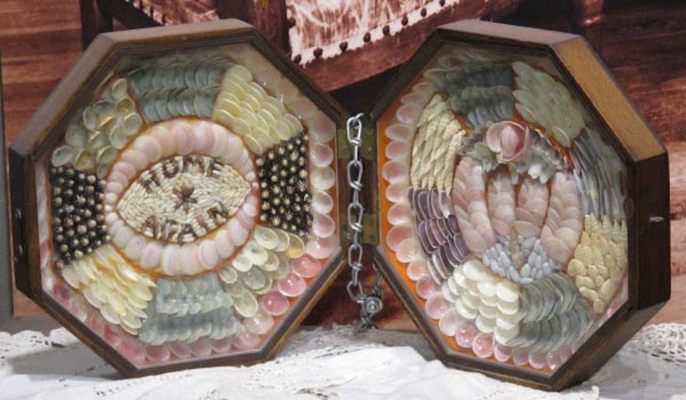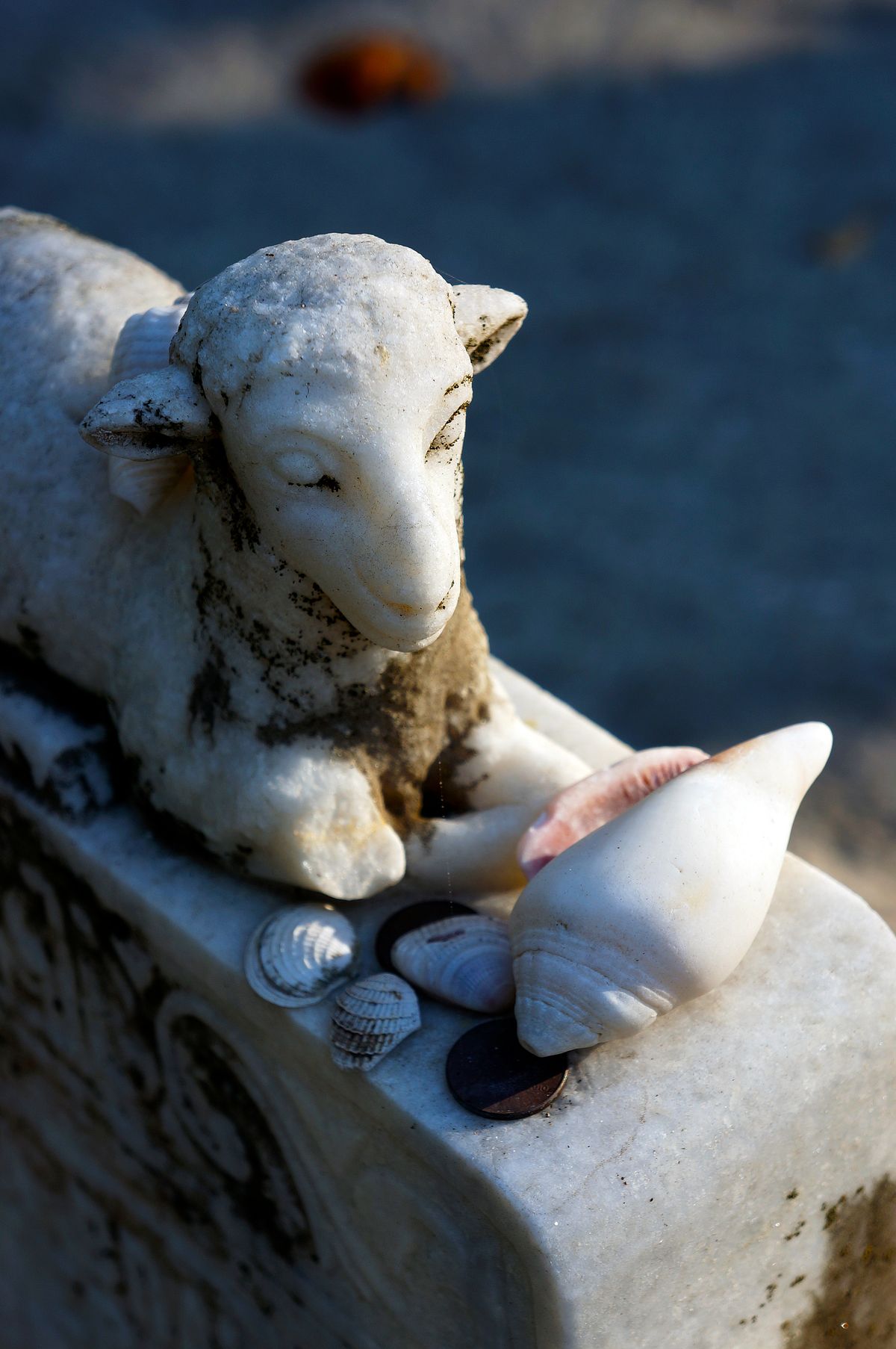About
Beachcombing on the Gulf Coast shores of Sanibel and Captiva Islands could be considered a competitive sport.
Tourists and residents alike troll the sand at low tide, often before first light, bent over in the "Sanibel stoop" with their special scooping rakes (sold at the local hardware store) sifting for rare prizes including the golden olive, scotch bonnet, or alphabet cone. When one is found, the local paper, The Island Sun, makes an announcement. Much as in other places around the world, shells help decorate sand castles and other beach sculptures but here they are so beloved that they also adorn tombstones in Captiva's small graveyard.
These beaches are mecca for shell collectors, so it isn't a surprise to find a museum devoted to these beautiful, abandoned mollusk homes. The Bailey-Matthews National Museum includes exhibits about the Calusa Indians who once called the region home—a tribe that built canals and used tools made from various shells. It also showcases art and craft forms that use shells, including cameos and sailors' valentines. There are also little-known facts shared, including that scallops have scores of blue eyes.
The Bailey-Matthews is a resource for scientists, students, and research institutions on marine, terrestrial, and land mollusks of the Gulf of Mexico and Florida. The museum’s outreach program visits local schools, community centers, shell clubs, retirement homes, and church groups. It also creates study plans and collection kits that are used in 2,000 museums and schools nationwide, and around the world. As Dr. Jose Leal, the Museum’s director and curator says, “The Bailey-Matthews completes the shelling experience on Sanibel’s or the outer islands’ beaches by both entertaining and informing visitors.”
Related Tags
Know Before You Go
When you leave, you will be delightfully encouraged to find your own shell treasures for which Sanibel is famous. The best beaches for this are Blind Pass Beach on the East side and and Bowman's Beach on the west, heading toward Captiva. As of June 2019, the museum is currently closed, but if you stay at Island Inn, they offer beach tours led by the Shell Museum scientists. It's free for guests and only a nominal fee for others.
Community Contributors
Added By
Published
January 12, 2015






















































